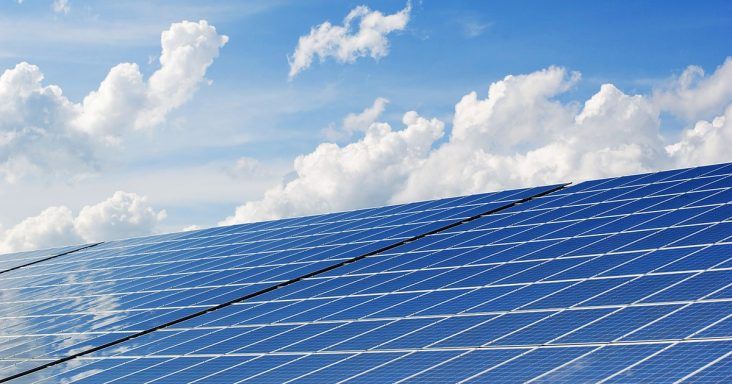Solar panel shipments reached record level in 2019
by August 19, 2020 11:44 am 812 views

U.S. shipments of solar photovoltaic modules, or solar panels, rose to a record of 16.4 million kilowatts in 2019 and exceeded the previous record by 2.9 million kilowatts, according to the U.S. Energy Information Administration. The previous record of 13.5 million kilowatts was set in 2016.
Solar panel shipments include imports, exports and modules produced and sold domestically, but they exclude modules shipped for resale. The shipments have steadily risen since 2006 as a result of price declines and policy incentives encouraging solar array installations. U.S. solar panel shipments fell in 2017 and 2018 when policy reforms and import tariffs went into effect.
The average value of solar panels shipments, which is a proxy for price, fell from $3.50 per peak watt in 2006 to 40 cents per peak watt in 2019. Average values and shipments are reported in peak watts, which comprise the power output under full solar radiation.
Higher module efficiency, greater labor productivity and lower supply chain costs have contributed to the declines in the average value of solar panels. The declines that started in mid-2016 can be attributed to global oversupply because of decreased demand in China and increased cost-competitiveness in the industry.
The United States exports few modules, and solar panel shipments typically track domestic additions to solar panel capacity. Such capacity additions comprise utility-scale and small-scale additions. The previous includes facilities with a capacity of 1 megawatt or more, and the latter largely comprises residential solar arrays.
In 2019, more than 2.5 gigawatts of residential solar capacity was installed. The rise can be attributed to homeowner incentives for installing arrays and other state-level policies and incentives.
However, the growth was interrupted in 2017 and 2018. In 2017, residential installations fell as a result of state-level net metering policy changes, fewer state-level incentives and changes in the business strategies of some of the top national solar installers. In 2018, solar panel shipments fell to the lowest level since 2014 as a result of new tariffs. Starting Feb. 7, 2018, the U.S. government imposed tariffs on imported solar cells and modules, starting at a 30% tariff rate and declining by 5 percentage points each year for four years.
In 2019, imports accounted for 94% of total solar panel shipments. Anti-dumping tariffs places on solar products from China and Taiwan in 2012 and 2014 led some solar panel manufacturers in those countries to outsource their production to countries not covered by the tariffs.
Malaysia has attracted several solar panel companies looking to move their panel production, including companies in China, Taiwan, the United States, Germany, South Korea and Japan. Malaysia has become one of the largest solar panel producers and provided the most solar panel imports to the United States in 2019 with 4.8 million peak kilowatts delivered.
